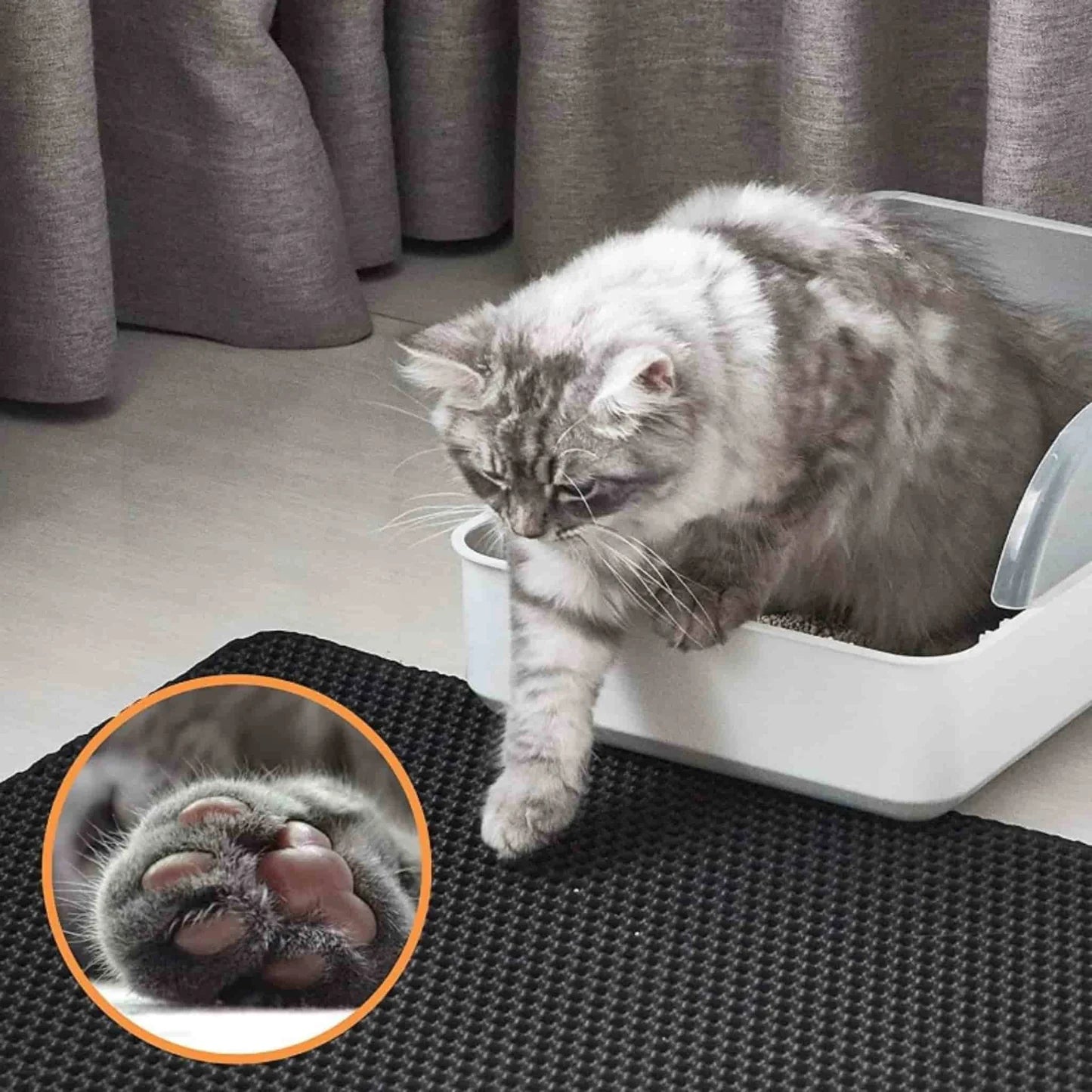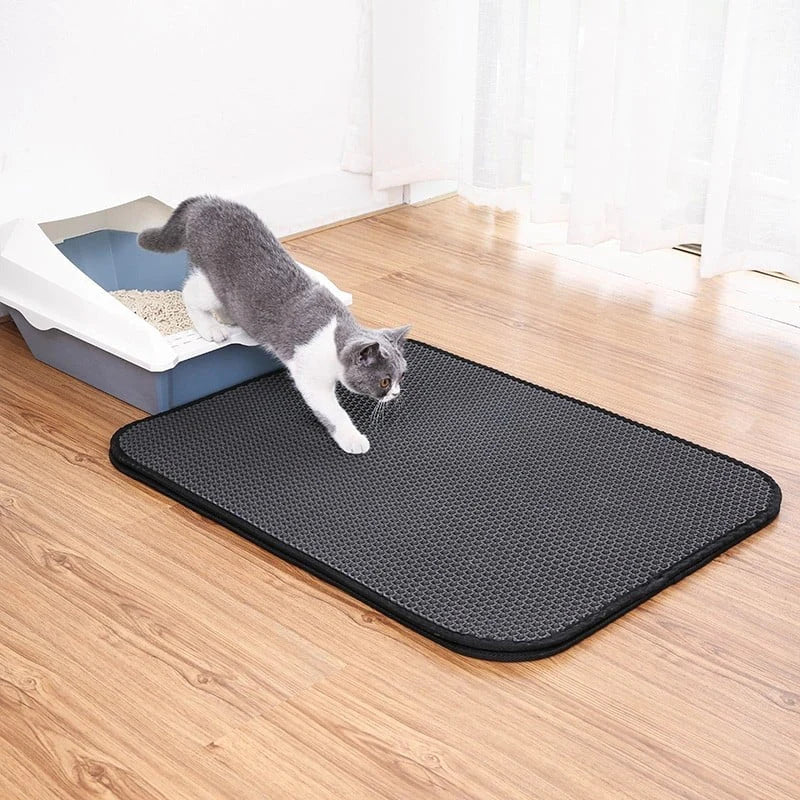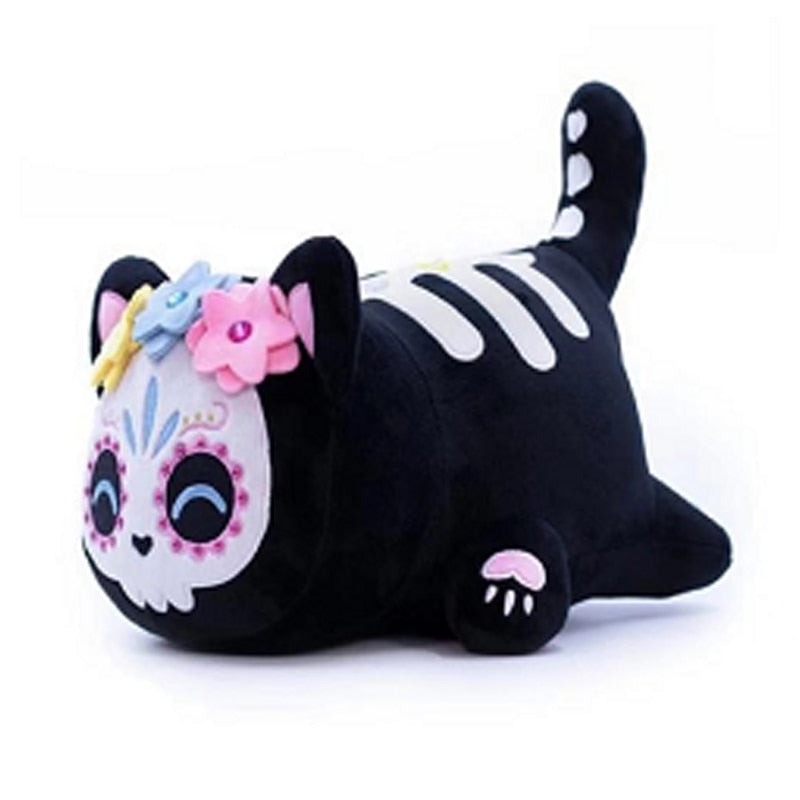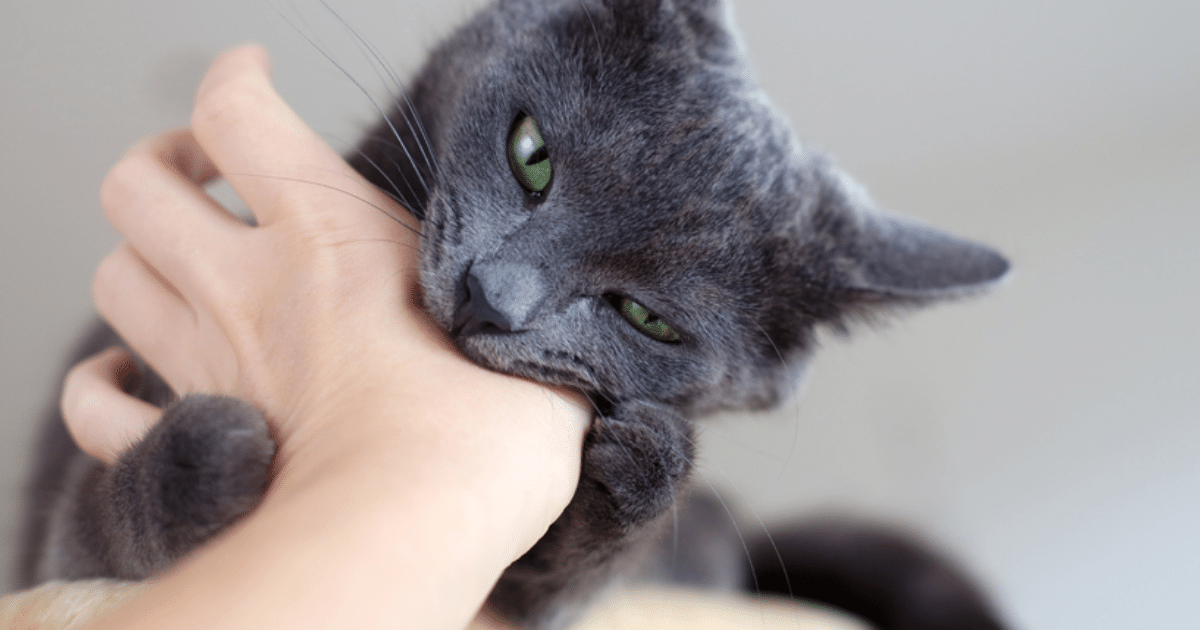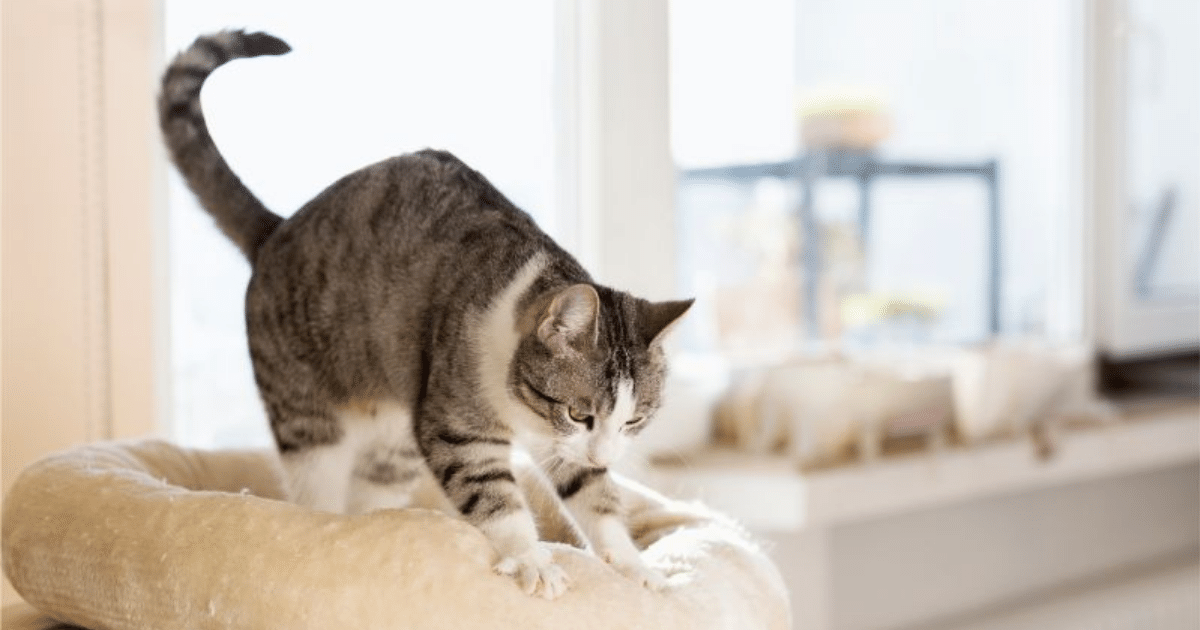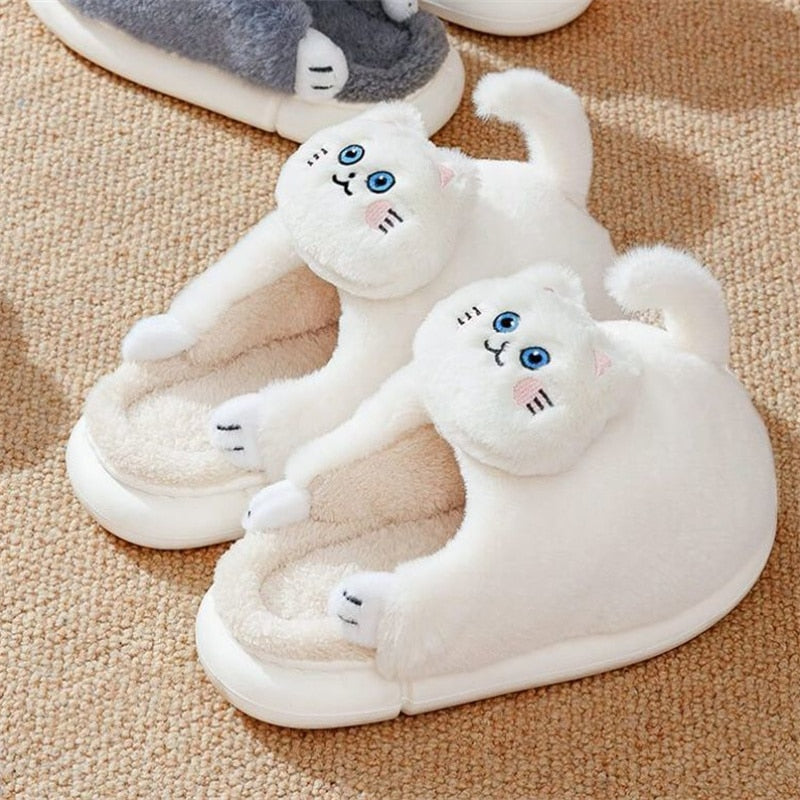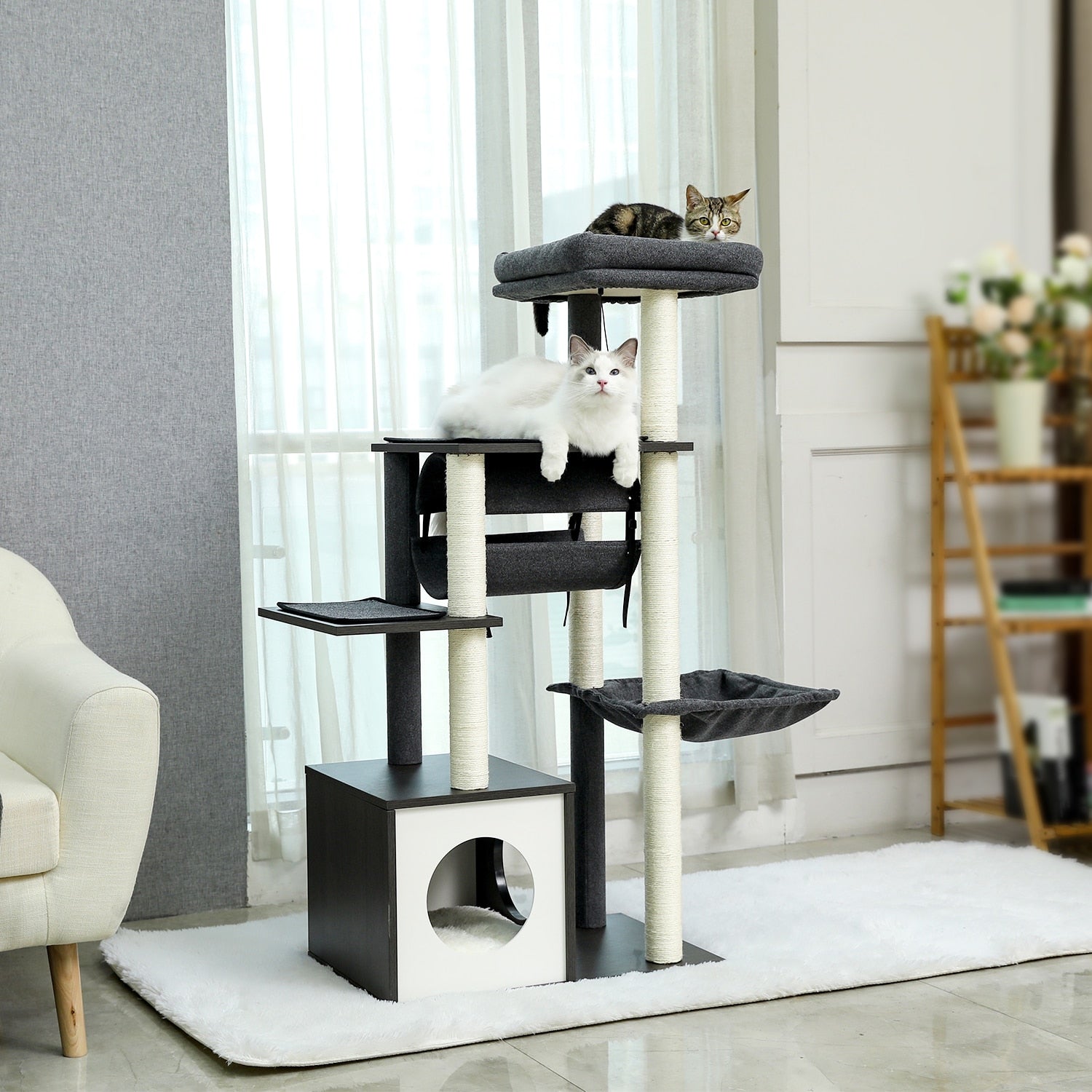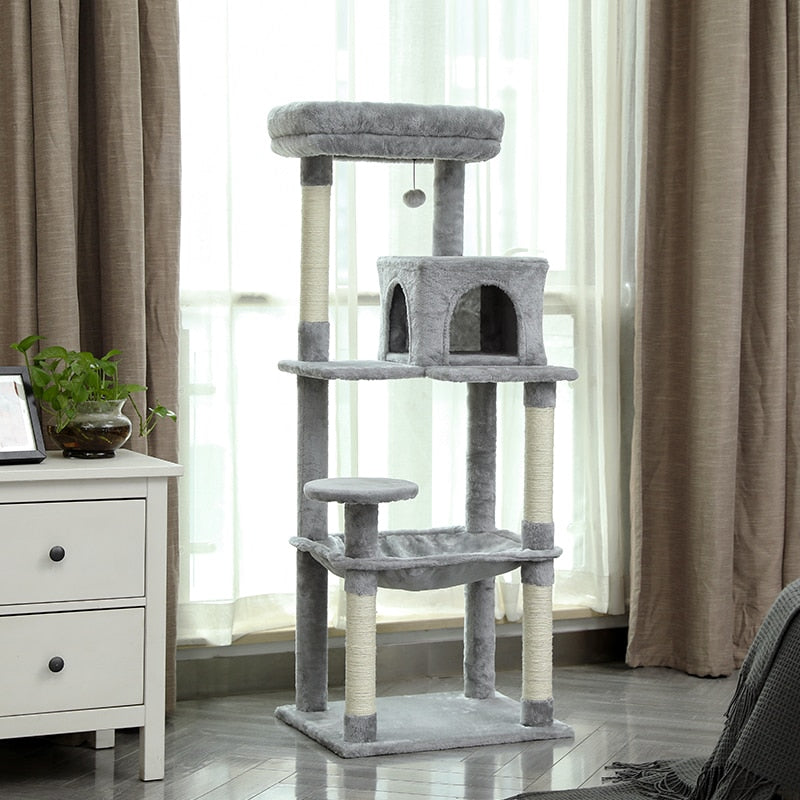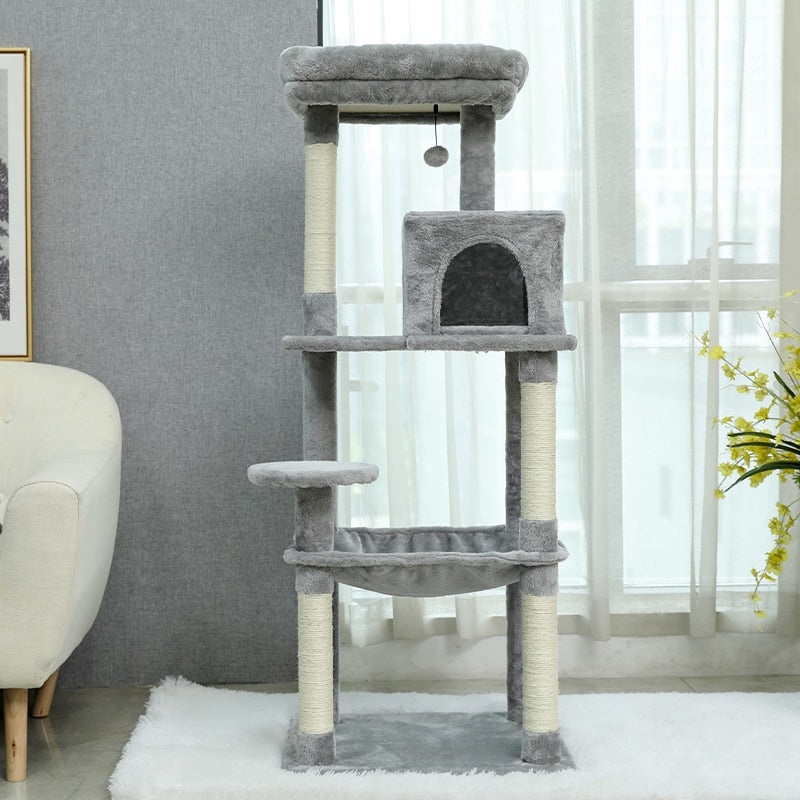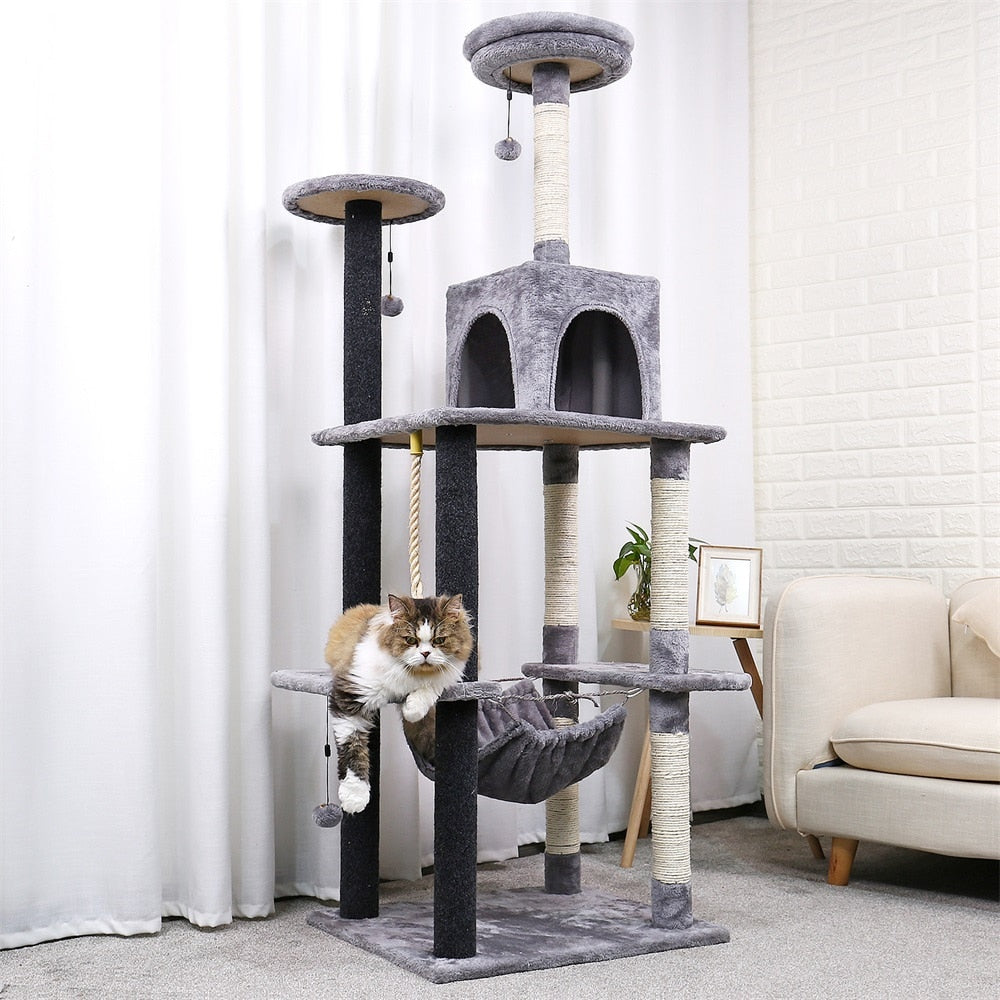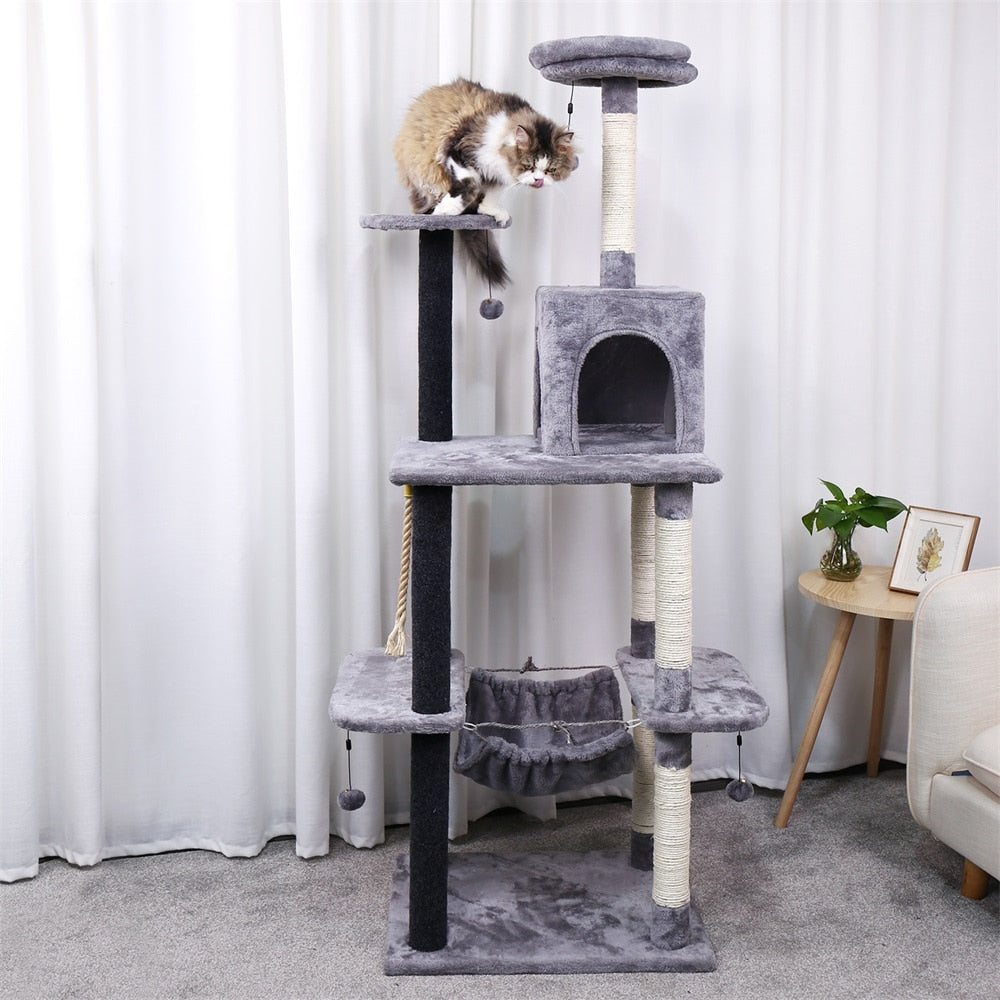How to get rid of Fleas on Cats
Having a flea infested cat at home is always a delicate and unpleasant situation, not only for the cat itself (who is uncomfortable), but also for all the other animals in your home, which are at risk at all times. to be contaminated. Thus, the case of your cat invading fleas should not be taken lightly!
Fortunately, by using the right flea products to treat your little pet as well as your home, you can get rid of this thorny problem in the blink of an eye.
In the following, this article will introduce you to everything you need to know and do to put an end to the invasion of fleas on your tomcat.
How do I know if my cat has fleas and detect them?

If your cat is scratching more than usual and behaving more or less strange, it is possible that it is infested with fleas. The easiest and fastest way to confirm this is to use a fine combto brush your little feline's entire coat.
If at the end of the operation you recover very small black balls, put a few on a handkerchief soaked in water. If halos of blood form on the handkerchief, it means that these black balls are flea droppings (digested blood), which undoubtedly confirm the presence of fleas on your cat!
How to get rid of fleas on the cat?
After you have had the confirmation that your cat is infested with fleas, you should treat him with a good flea control as soon as possible, our guide to choosing the best treatment for fleas will help you and your home a lot. Depending on the level of infestation of your hairball and its frequentation areas, preventive treatment may also be necessary.
Choose the Right Flea Treatment
There are many types of flea treatments on the market. The most common are necklaces, sprays, pipettes and tablets. These treatments do not all have the same effectiveness, or the same mode of use, and above all, they are not always suitable for all cats.
FRONTLINE Spray - Anti-fleas and anti-ticks for dogs and cats - 500ml
- Spray 500ml anti-fleas and anti-ticks for dogs and cats.
- Acts directly on fleas and ticks without having to wait for the product to diffuse by effectively covering the entire body of the animal.
- It also works as a preventive treatment.
- Easy to apply. Choose the capacity of the spray according to the weight of your animal!
- For dogs and cats. Apply 2 sprays / kg and up to 4 / kg if the animal has long hair.
However there are some pretty drastic treatments to treat to get rid of fleas on your cat, flea sprays like Frontline.
Don't forget to treat your house!
A flea attached to a cat produces an average of 50 eggs per day (for 50 to 100 days), which spread throughout the house, with the aim of infesting as many people as possible (dog, rabbit, another cat or even the already infested cat). This is the reason why you must imperatively treat your home against fleas, during or immediately after treating your infested cat, at the risk of seeing your cat again invaded by fleas just shortly after its treatment.
To get rid of fleas in your home, you must prioritize treating the places that the cat frequents the most, such as passageways or sleeping areas. You will only need to vacuum these areas to already eliminate the majority of flea cocoons, and then you will have to use a pest control spray, to eliminate all the remaining eggs and larvae.
Should we use products as a preventive measure? - Avoid the return of fleas how to do?
If your cat has access to the outdoors and therefore goes out a lot, it is very likely that he is in contact with animals, or places infested with fleas. And thereafter, he will bring these pests home once again.
In any case, for a cat exposed to a high risk of contamination, you must plan a preventive treatment, using external antiparasitic products with residual action (generally an action that lasts 1 month), which will protect it from any potential infestation of fleas.
Flea invasion: Remember to treat your home at the same time as your animals
As mentioned previously, fleas multiply quickly. Indeed, once attached to the skin of your little feline, they begin to lay eggs which spill out wherever the cat passes. These spilled eggs hope to find a new host. So, if you only treat your cat, it is highly likely that it will be recontaminated by flea eggs and larvae spread throughout your habitat.
This is the reason why as soon as you notice that your cat is infested with fleas, in addition to treating it, you should also administer a treatment to all your other animals, not forgetting to disinfect your house (by disposing of the eggs and flea larvae).
Natural methods to eliminate fleas from cats
If you are a fervent defender of the natural, know that there are also many solutions to eliminate fleas from your cat in a natural way. You can use natural products such as lavender essential oil, baking soda, salt or even diatomaceous earth. Some of these products can even be used to remove flea eggs and larvae that are widespread in your home.
How to treat your cat naturally?
To eliminate fleas from your cat, you can apply baking soda or diatomaceous earth on your cat's body like a dry shampoo, but also essential oils.
You just need to apply lavender essential oil diluted in water and a little vinegar (count 10 to 20 drops of essential oil for 1 liter of water) on your body. Warning ! Essential oils for cats can be extremely harmful to cats. It is still better to dilute essential oils more than necessary or not to practice it if you are not sure of your actions.
It is also possible for you to rid your hairball of fleas by washing it with a natural insecticidal shampoo, based on Neem (neem) oil.
Diatomaceous earth is a very effective preventive treatment but it can also act in case of weak invasion of flea, by applying diatomaceous earth remember to protect your eyes and those of your cat, and wear a dust mask to avoid inhaling the particles.
Diaguard® Food Grade Diatomaceous Earth Natural Protector 2kg
- High purity, 100% freshwater, "food grade / codex" diatomaceous earth.
- 100% natural and inert (non-toxic). Diatomaceous earth is used in organic farming.
- Optimal security profile. Codex grade, each lot analyzed for heavy metals and bacteria. Highest quality assurance available.
- Purest White Diatomaceous Earth. The Original and the Best
- Easy to Apply
How to Treat Your Home Naturally?
To get rid of the flea eggs and larvae that are spread throughout your house, all you need to do is pour baking soda, salt or diatomaceous earth on the floor, and especially between the parquet slats. Wait a few days, then vacuum it all up. To disinfect carpets and bedding, in addition to first using a vacuum cleaner, you can then use a steam cleaner (Karcher type).
To go further with gentle treatments,
however, note that the effectiveness of natural flea removal methods is not 100% guaranteed. In addition, in the event of a heavy infestation of your hairball, only conventional external insecticides and antiparasitics (chemicals, sold in pharmacies) will rise to the occasion.
Where does the cat get fleas?
Although cats usually catch fleas by frequenting infested outdoor environments, or by rubbing shoulders with infected animals, this does not mean that your apartment cat who never goes out is spared by this plague. Indeed, it is possible that your indoor cat is contaminated by you, through your shoes or your clothes for example.
So basically a cat can get fleas anywhere, but most likely will stay outsidein hot weather when fleas and other pests are very active.
What are the dangers of fleas?
Once attached to your cat's skin, fleas are the cause of many allergic reactions causing redness, itching and even hair loss. In addition, these parasites, sometimes contaminated with bacteria, can be vectors of diseases, the best known of which is feline hemobartonellosis, a blood disease affecting cats.
Finally, fleas can transmit parasitic intestinal worms to your tomcat, the most common and dangerous of which are the tapeworm, a worm that can also be transmitted to humans ...
What is the life cycle of a flea? - Understand it in order to treat it well
During its life, a flea passes through 4 states: the egg, the larva, the cocoon and the adult state. Once attached to its host, a female flea begins to lay nearly 50 eggs per day. These eggs will spread wherever the cat goes. In just a few days, and depending on the humidity and temperature of the environment, the eggs will hatch to become larvae.
Typically hiding in dark, damp places like under furniture, rugs, and rugs, the larvae develop fully within 30 days and then start looking for a host. If the larva does not find a host, it turns into a cocoon, and can survive in this state for 6 months! Being resistant to common insecticides, cocoons are the main source of contamination for cats.



